Back in the now very distant year of 1995, at the end of August, NATO began airstrikes on the positions of the Army of the Republic of Srpska in Bosnia and Herzegovina, and this lasted until mid-September. (Side note: the Republic of Srpska did NOT attack any NATO member state.)
During that period, a delegation from the ECMM (European Community Monitoring Mission) went to Trebinje, Bosnia and Herzegovina, for some kind of negotiations with the Bosnian Serbs, but the latter detained them, and their exact whereabouts were then unknown. The assumption was that their presence in the territory of the Republic of Srpska served as a “human shield” against NATO bombing, since the delegation included three high-ranking Spaniards (an ambassador, a general, and a major), a Dutchman, and an Irishman, as well as a Serbian driver and an interpreter.
After a couple of days, the authorities in Serbia reached an agreement with the authorities of the Republic of Srpska for the delegation to be released and handed over at the Kotroman border crossing (today between Serbia and Bosnia and Herzegovina).
I didn’t know anything about this, of course, because, generally speaking, I didn’t follow the news – something I still mostly don’t do today.
But, at that time, I was working as an assistant and interpreter for the Head of Mission of the European Union Humanitarian Office (EC Humanitarian Office, ECHO), and he was a Spaniard (José Luis) who already held the rank of colonel, as he was a military officer, although serving in a civilian mission in what was then the Federal Republic of Yugoslavia. Due to the composition and importance of the ECMM delegation, José Luis, as a colonel, was the highest-ranking Spaniard in Belgrade, which is why he was heavily involved in the entire matter – and consequently, so was I. Namely, José Luis never conducted any official business without me and so one evening after working hours he called me to come to the Spanish Embassy in Belgrade (even though I didn’t speak Spanish), where I “was on duty” for several hours in case something happened that evening and an English interpreter was needed. Nothing happened.
The next day, I went to work as usual, while José Luis showed up only a few hours later and simply told me to grab my bag because we were heading into the field. And that’s exactly what happened. We took off in an ECHO car and, along the way, met up with Diego, a diplomat from the Spanish Embassy, who was driving another car, and then we continued on to the Kotroman border crossing.
We arrived there and the waiting began. Nothing happened that day and apart from spending time with the duty police officers and a customs officer, there were no other events. To stay as close to the border crossing as possible in case something did happen, we spent the night in a "hotel" in the village of Kremna, which had in the meantime been turned into a collective centre for housing refugees. José Luis and Diego slept in the only available room, while I slept in the laundry room where there was a single bed, which actually worked out well for me, since clean blankets were stored there, so I could cover myself well and not be cold.
At 4 a.m., José Luis knocked on my door, I jumped up, pulled on my skirt (I didn’t have anything else with me besides my handbag), and off we went. The three of us washed up at a roadside spring, since there was no running water at night in that "hotel." We headed down to the border crossing and began waiting again.
Nothing happened that day either, so in the afternoon José Luis and Diego carefully told me that they were in contact with the Spanish Embassy in Belgrade and that a replacement for me would be sent the following day. I said that was fine, but that if they didn’t mind, I could stay where I was. They were thrilled and said they didn’t want anyone else, they were just worried about me and thought I might be having a hard time. Well, it wasn’t ideal, but in its own strange way, this was a unique adventure and I found it, if I can put it that way, quite interesting.
That evening, we didn’t sleep in the "hotel" in Kremna, but went to a normal, good hotel on the nearby mountain Tara. I had to interpret Diego’s questions (do they have water, do they have hot water, and do they have water 24 hours a day), to which the confused receptionist just nodded affirmatively. What mattered was that they had a store where we bought toothbrushes and toothpastes, deodorants and the like, since all of us had originally thought we were only going to be at the border crossing for a few hours. The night went well and the next morning we returned to the border and resumed waiting.
In the early afternoon, things finally started to happen. A whole convoy arrived from the Bosnian side, all formalities were completed, all members of the ECMM delegation were handed over, and then the convoy on the Serbian side (by then, various other official vehicles and journalists had arrived) was able to head towards Belgrade. I rode in the car with José Luis, along with the Spanish general and the Spanish major who had just been released. The story has a happy ending.
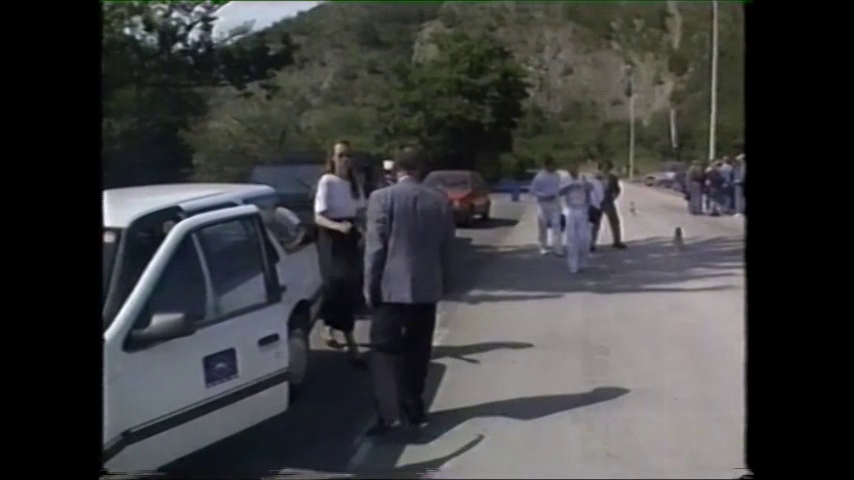 Kotroman border crossing (a photograph made from a TV-video that I have kept from that time)
Kotroman border crossing (a photograph made from a TV-video that I have kept from that time)
And now I finally come to the connection between these events at my job in September 1995 and my trip through Morocco in 2010, when I also visited Melilla, one of the Spanish enclaves at the very north of the African continent.
Strictly speaking, the previous text is not a travel story, but it is certainly related to travel – through Morocco, to Melilla, and through life itself.
Namely, besides the fact that I had long wanted to visit Melilla because I thought it was a good "fun" and certainly a very original destination, it so happened that Zenon-Luis (the major from 1995 with whom I had stayed in touch mostly through New Year’s/Christmas cards) was stationed there, now already holding the rank of colonel.
He had previously sent me a letter in which he profusely thanked me for my work and “role” in their liberation, and at the end of 1995 I also even received a note from within the Spanish Ministry of Defence. I have to admit that I really don’t think I did anything special – I mostly just sat at that border crossing and waited.
Be that as it may, Zenon-Luis probably now felt it was the right opportunity to thank me in person. And, well... I certainly found it interesting to have “my man in Melilla.”
But, aside from this connection between the events of 1995 at the Kotroman border crossing and my trip through Morocco, those distant events also had an exceptionally significant second consequence. It was right after that that I began learning Spanish and eventually reached a practically fluent level. It’s far from the level of my English, but when I travel through Spanish-speaking countries, I feel very relaxed and confident precisely because of that. After all, you can see in my travelogues that I relatively often choose such destinations.
By the way, a couple of years later, Diego (the Spanish diplomat from the story above) was assigned to open the Spanish Embassy in Sarajevo, and he offered me a position there to work for the embassy. The fact that I didn’t know Spanish as well as English wasn’t a problem. However, for various reasons, that didn’t suit me at the time, so I stayed where I was, but considering that offer also helped me sort out and properly place certain things in my personal life. Once again, my personal Universe began to move towards a state of harmony.
And now, finally, back to the story of my 2010 trip through Morocco and my arrival in Melilla.
Since Zenon-Luis had some obligations around the time I was scheduled to arrive in Melilla, that is, to cross the border between Morocco and Spain, which was around noon, he sent Manolo, his driver, to meet me and take me to the hotel. We had arranged to meet a little later, so I used that time to wash my hair and have lunch at a restaurant right next to the hotel.
As it turned out, Zenon-Luis was extremely busy these days and although he came to the hotel to get me at the agreed time, we first went to his regiment. From the passenger seat, I watched the formal salutes with some confusion, in line with my civilian status, since I think I had never before even entered a military unit’s premises – Zenon-Luis got out of the car so the duty soldier could salute him and Zenon-Luis returned the salute. My host was in full uniform and, in fact, had to work that day.
In any case, he first took me into his office and then we went to something like their club (right next door), where a young female soldier had already set out some food and drinks. I helped myself just for a little, since I had already eaten lunch, and then Zenon-Luis had to leave me briefly to go assign some duties.
During that time, I walked around the club and at one point, I saw a sign with an inscription attributed to Frederick of Prussia (I’m not sure whether it was I or II). It was very interesting: "Cavalry (the branch of the military to which Zenon-Luis belonged) will be strictly punished with dismissal if it is attacked by the enemy, since it is the cavalry that must be the first to attack the enemy."
Later, Zenon-Luis returned and we chatted for a while, then he drove me back to the hotel and we agreed he would pick me up again at 6 PM. After that, I went for a walk around Melilla to see a bit and visit some places (except for the fortress, which I planned to visit the next morning).
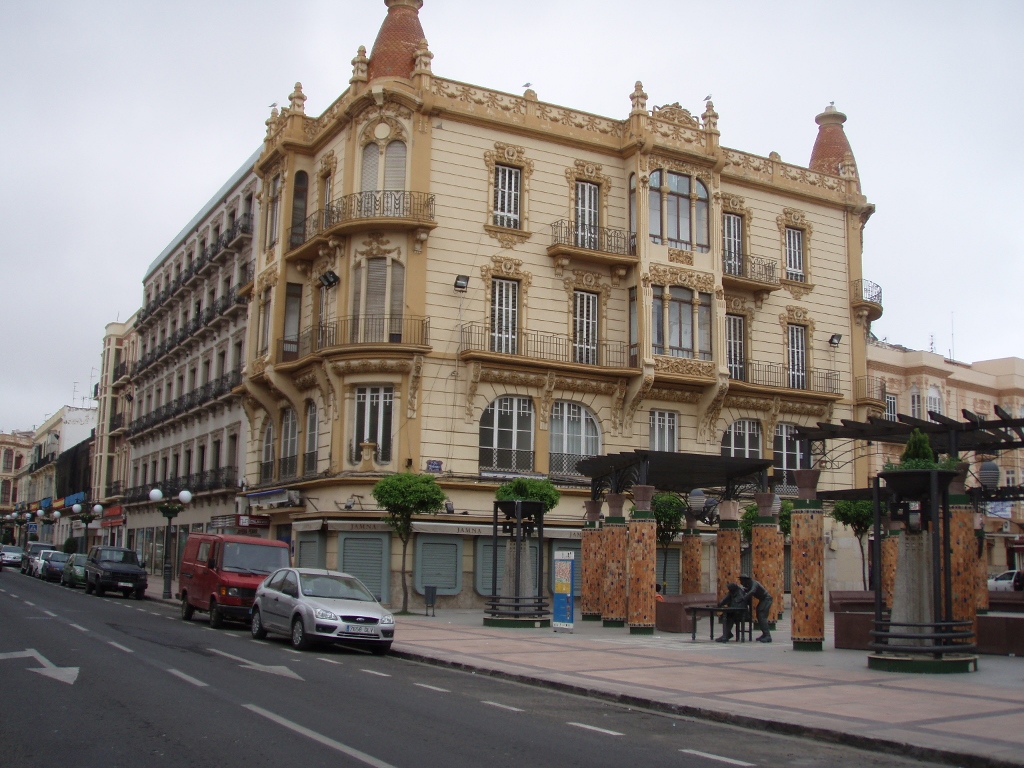 Melilla, a detail
Melilla, a detail
The Spanish conquered Melilla in 1497 and it has been their territory ever since, although throughout history the city had also been claimed by the Carthaginians, Phoenicians and Romans. Still, I spent only about 24 hours here, including sleeping and socialising, so my sightseeing was quite limited.
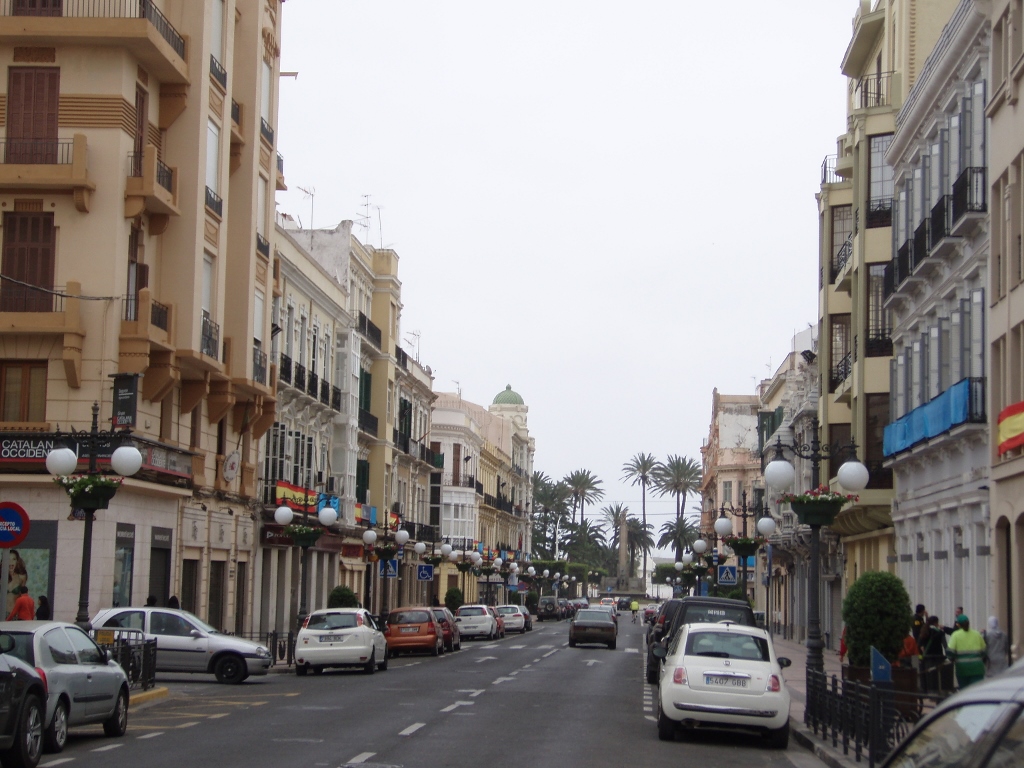 Melilla, a detail
Melilla, a detail
While walking along one of the main streets (King Juan Carlos I Ave.), I passed by the controversial monument dedicated to the "heroes of Spain."
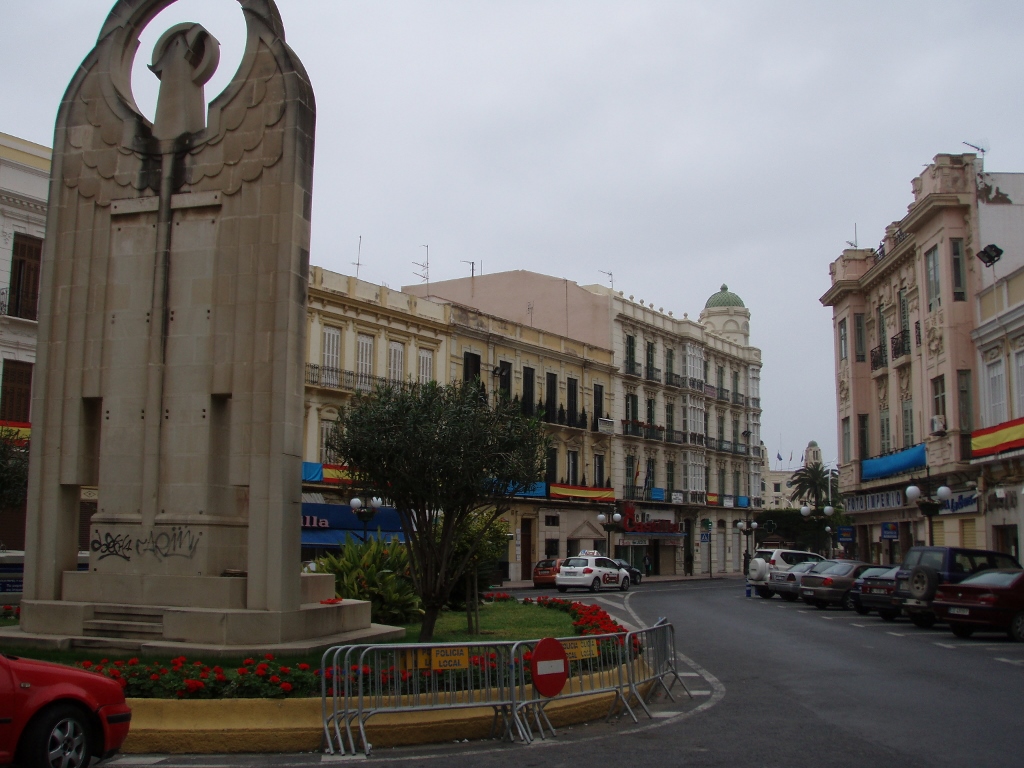 Melilla, a detail
Melilla, a detail
I can see online that the area around the monument is now a pedestrian zone, but that’s not what makes it controversial.
Namely, in July 1936, a military uprising against the Republican government was launched here, effectively starting the Spanish Civil War (1936–1939). The “Nationalists” led by General Franco emerged victorious and ruled Spain until his death in 1975. (By the way, the Nationalists received full support from Fascist Italy and Nazi Germany.)
This monument, visible in the previous photo, was erected in 1941, after the war and during Franco’s rule, and that’s precisely what makes it controversial, regardless of its name: Monument to the Heroes of Spain (Monumento a los Héroes de España). The authors certainly did not have the other side, the Republicans, in mind.
All of this may seem like an outdated story today, but that’s not the case in Spain. Although the war ended long ago, many debates still persist to date, while the wounds seem to remain unhealed.
At the time of my visit, there was also a public statue in Melilla dedicated specifically to General Francisco Franco. However, I couldn’t have known then what would happen later, and in any case, I had no interest in visiting a monument to a dictator. (Calling him a “dictator” is widely accepted around the world as a fact and not just a result of my personal judgment.)
Then, in 2007, a law was passed in Spain requiring the removal of all artefacts from public spaces and buildings that glorified Franco’s regime. As it turned out, that public statue in Melilla ended up being the last one in all of Spain and it was removed in 2021.
But let me get back to my walk through Melilla in 2010.
Continuing on, I reached Spain Plaza (Plaza de España), at the centre of which stands the Monument to the Army of Africa (Monumento al Ejército de África).
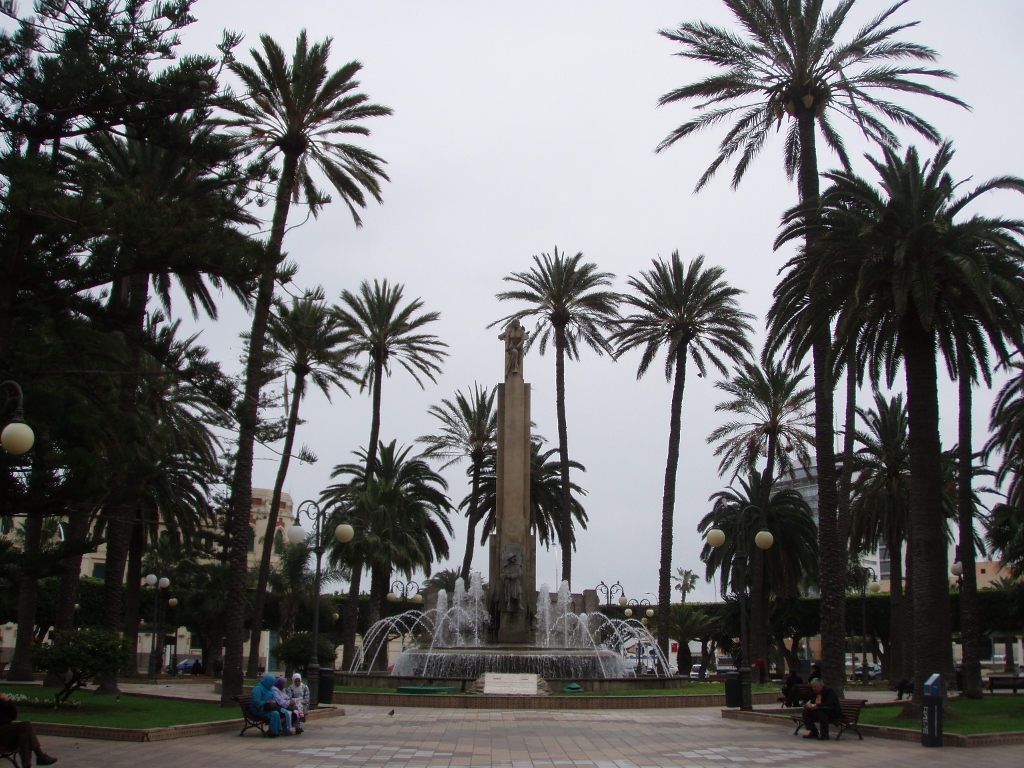 Melilla, a detail
Melilla, a detail
From the area of that round plaza, I looked down a couple of streets that lead westwards from there.
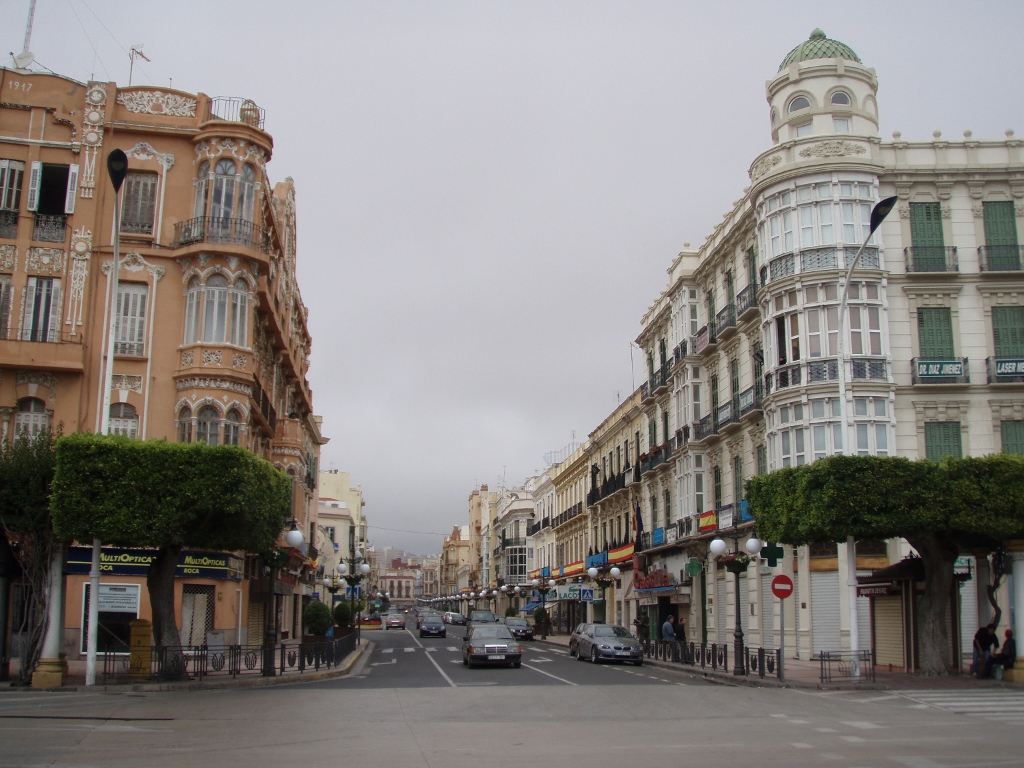 Melilla, a detail
Melilla, a detail
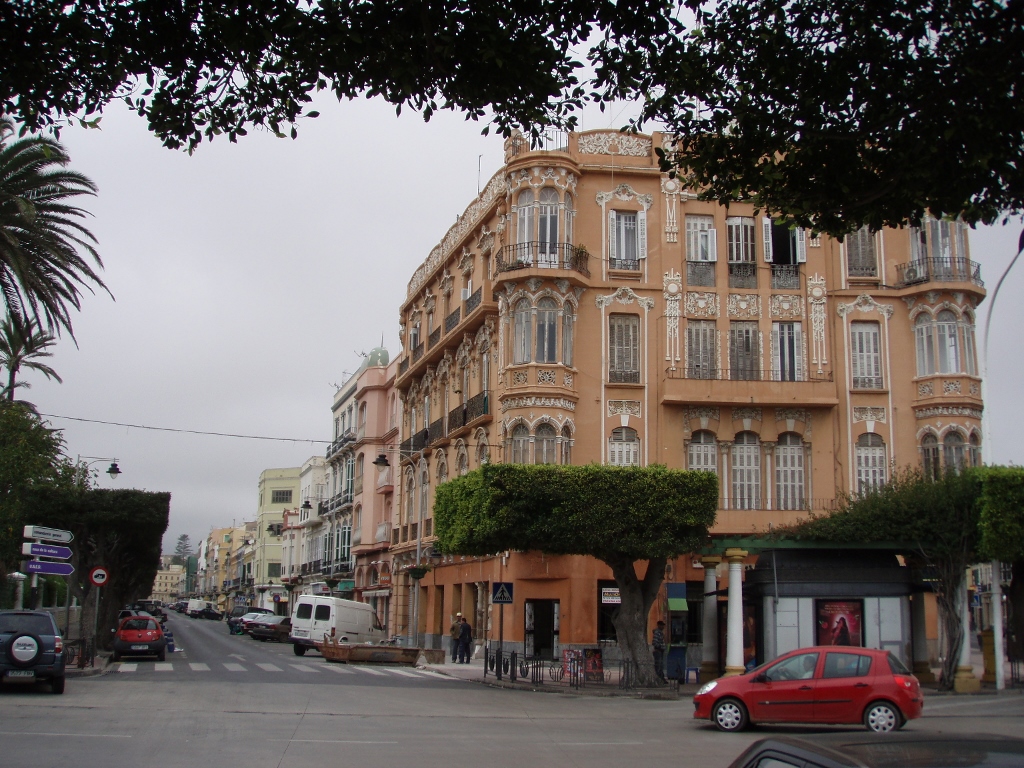 Melilla, a detail
Melilla, a detail
In the north-eastern direction, in the immediate vicinity of Plaza de España, there is another square called the Four Culture Plaza (Plaza de las Cuatro Culturas).
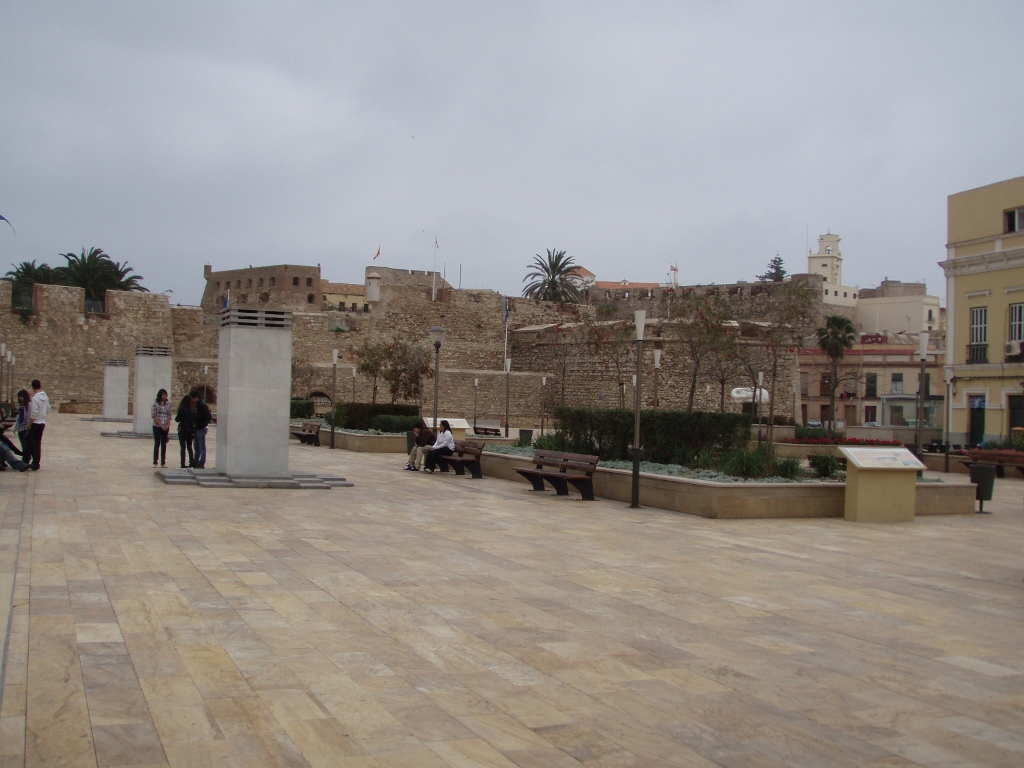 Melilla, a detail
Melilla, a detail
As you can see, this is where the fortress or the Old Town, as that part of Melilla is called, begins, but I had already decided to explore it some other time.
For now, I returned to the hotel and even considered taking a nap, as I felt drowsy and heavy, but I couldn’t fall asleep. In any case, I went down to the lobby at the agreed time, 6 PM, and Zenon-Luis was waiting for me in front of the hotel. He and his wife were expecting some friends to arrive that evening, but their flight was rerouted, so Zenon-Luis invited me to their home instead.
There, I met his wife Pilar, and the three of us had coffee together.
Later, Zenon-Luis and I went for a walk around Melilla so he could show me a few places (including a great beerhouse for later) and then he took me to the Cultural Centre of the Melilla Armies, known as the Military Casino, where I had a refreshing drink. After that, we said goodbye and he walked me back to the hotel. We agreed that he and Manolo would come the next day at 12:00 to drive me to the border with Morocco.
I then went out again for a walk and some photography, eventually reaching the port, where I took some pictures.
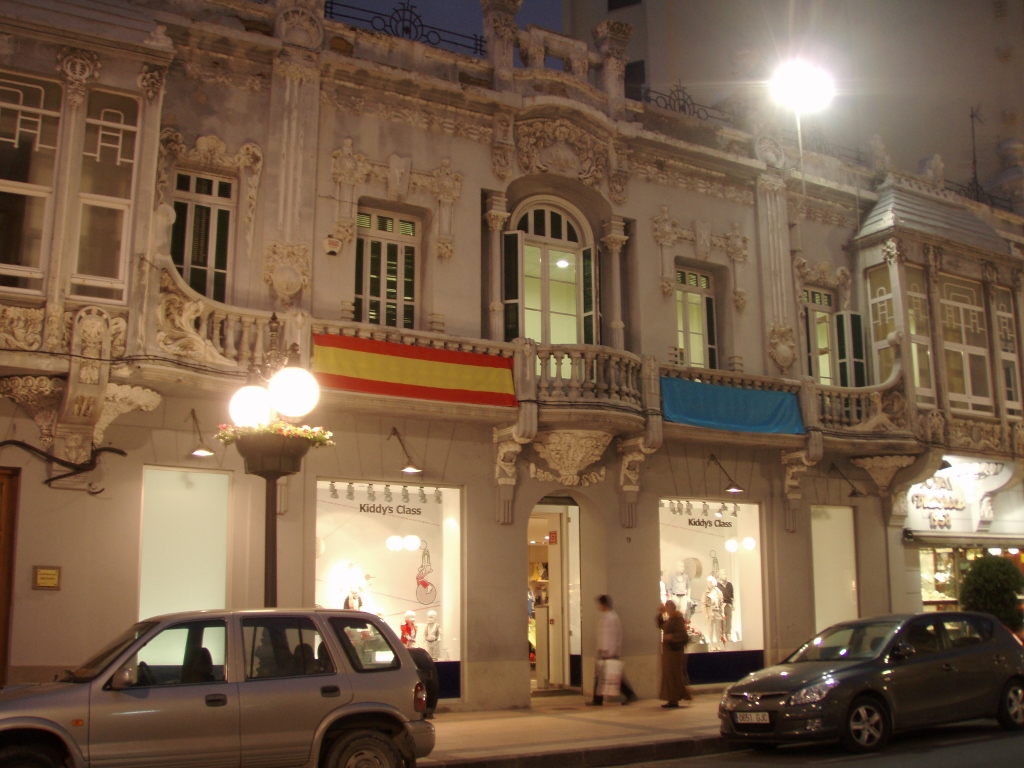 Melilla, a detail
Melilla, a detail
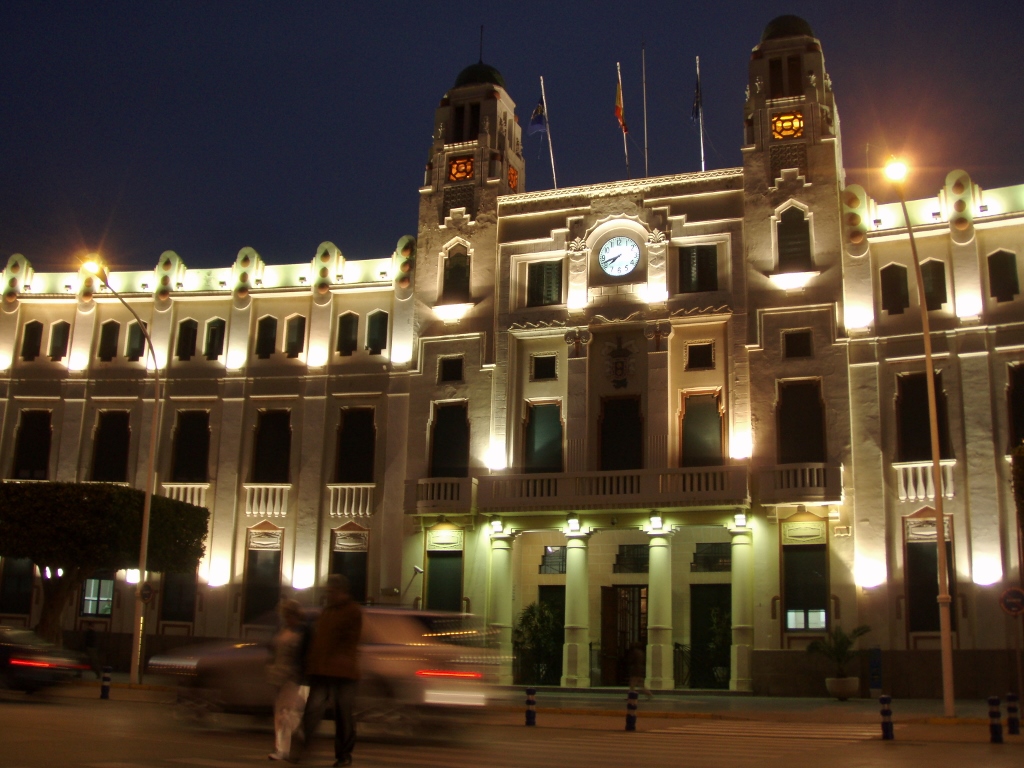 Melilla, a detail
Melilla, a detail
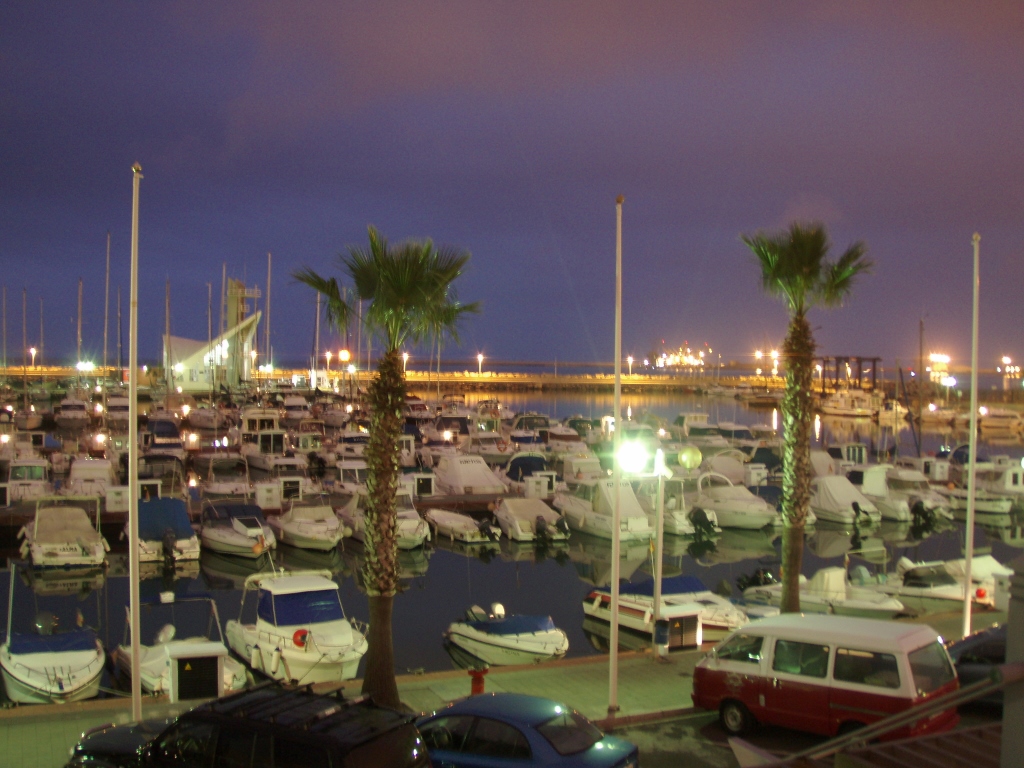 Melilla, a detail
Melilla, a detail
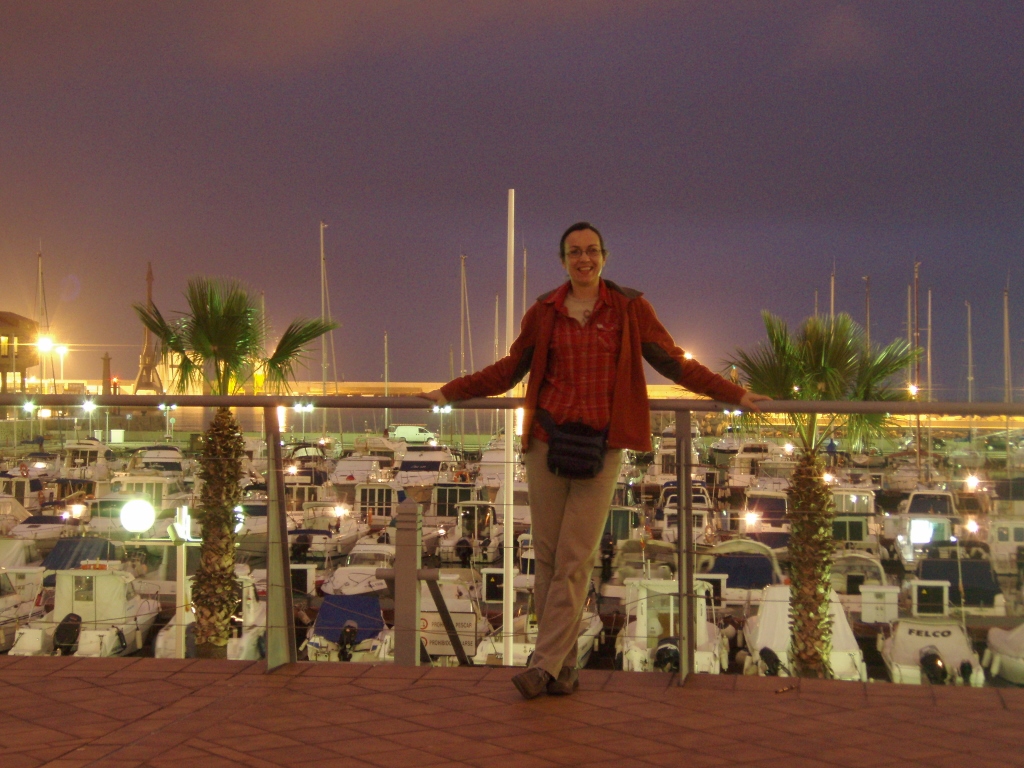 Me in Melilla, 2010
Me in Melilla, 2010
I also went to an internet café, partly to check in with the people I needed to and partly to kill time until the beerhouse Zenon-Luis had recommended opened.
When I finally arrived at the beerhouse, I found it to be a wonderful place and I felt incredibly relaxed. I even ordered two types of tapas, as I suddenly had an appetite, and I definitely had more than one beer. What mattered most was that I felt truly content and at ease.
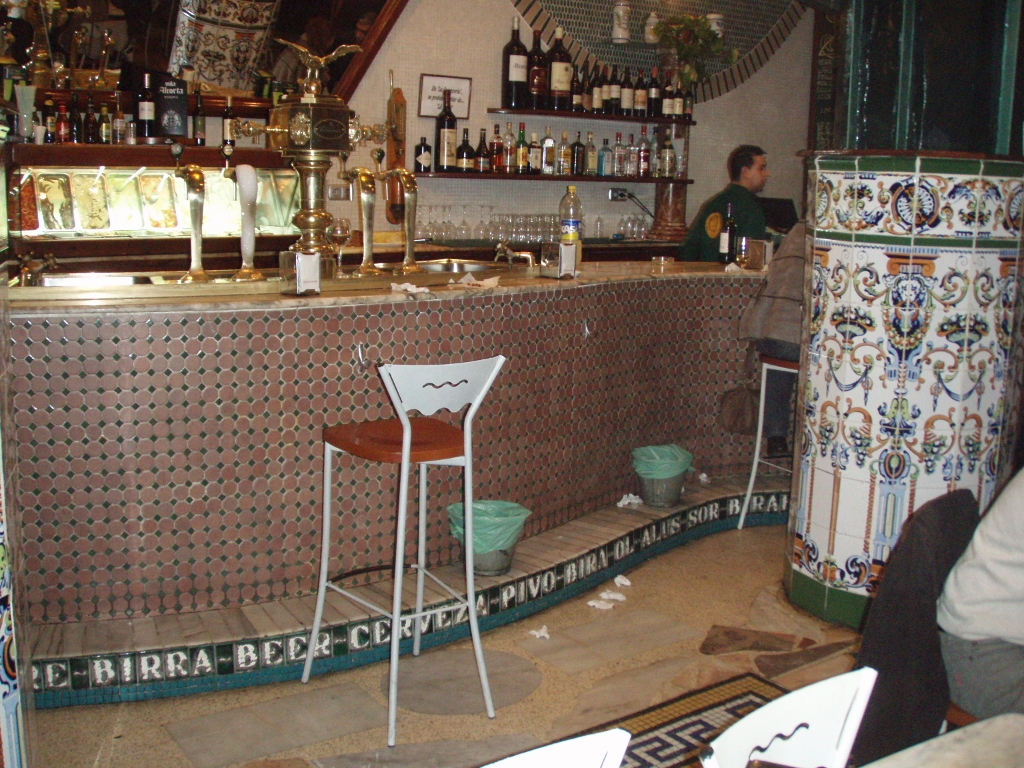 A beerhouse in Melilla, 2010
A beerhouse in Melilla, 2010
A bit later, I returned to my hotel room and, in good spirits, went to sleep.
The next morning, I got ready and left the hotel to have breakfast at a nearby café. The weather outside was nice, but it had been a bit chilly during the night, so it took a little while for the sun and warmth to sink into my bones.
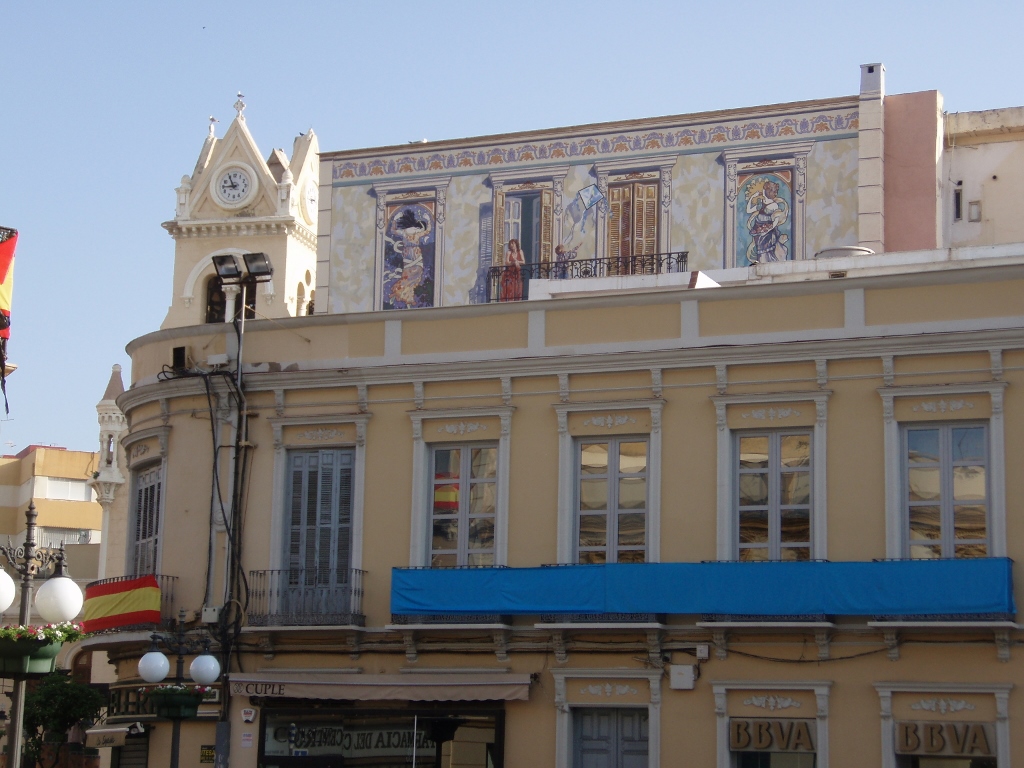 Melilla, a detail
Melilla, a detail
Since Melilla isn’t very large (it covers an area of 12.3 sq. km and has about 60,000 inhabitants), it’s not difficult to explore the city, but I ended up walking more or less the same routes as the day before. I didn’t mind.
On the other hand, it’s interesting that from 1909 to 1945, the dominant architectural style in the city was Art Nouveau and Melilla is considered almost an open-air museum of this style. Apparently, the only place in Spain with more buildings in this style is Barcelona. The most notable local architect was Enrique Nieto and his statue can be seen on the sidewalk of one of the main streets, directly across from one of the buildings he designed.
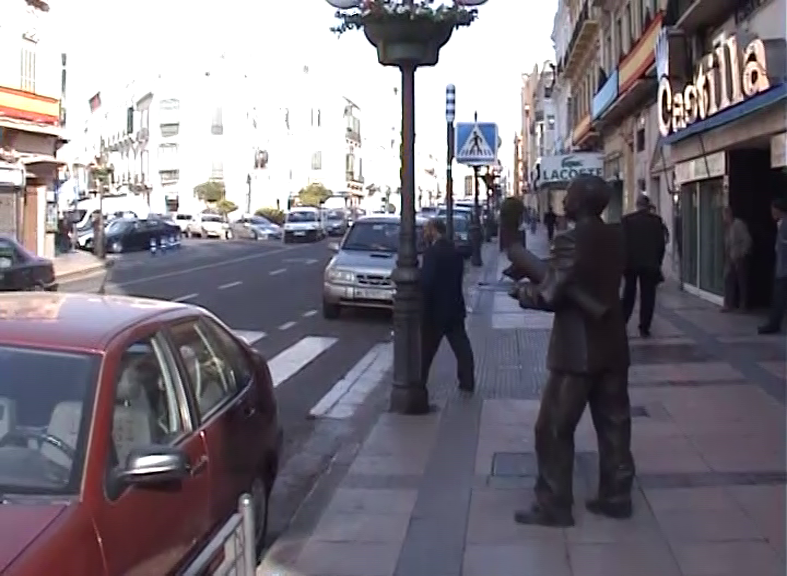 Melilla, a detail
Melilla, a detail
 Melilla, a detail
Melilla, a detail
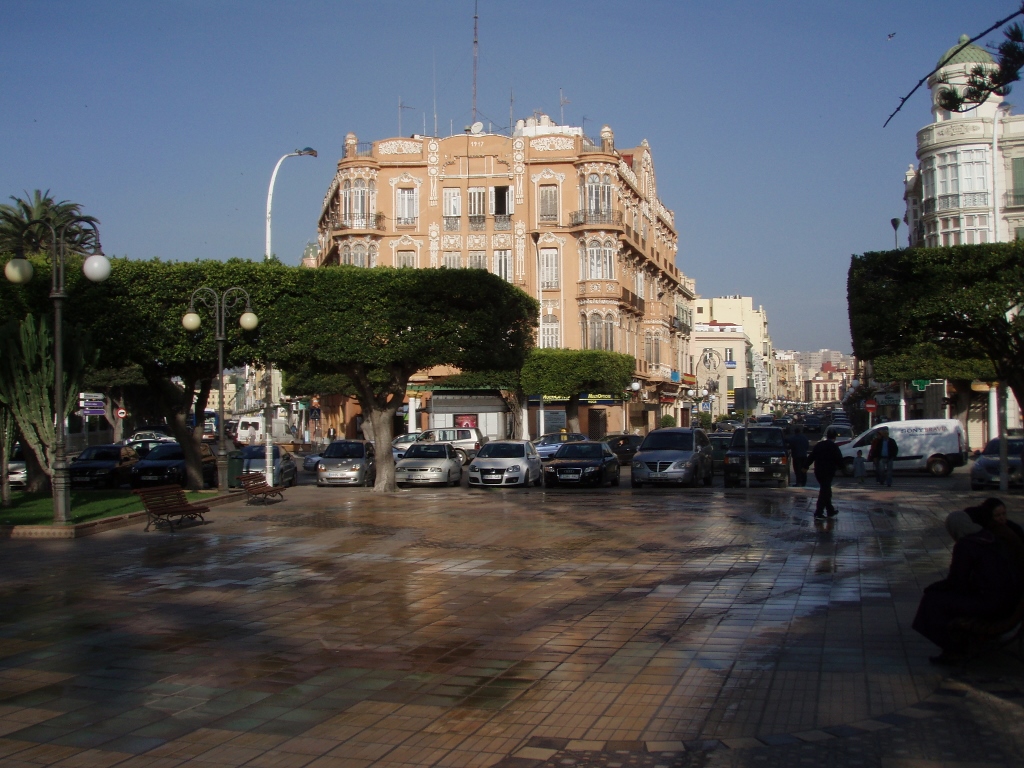 Melilla, a detail
Melilla, a detail
Then I went for a walk through the old part of Melilla, that is, the fortress. It’s all quite small, so it’s easy to explore without any trouble.
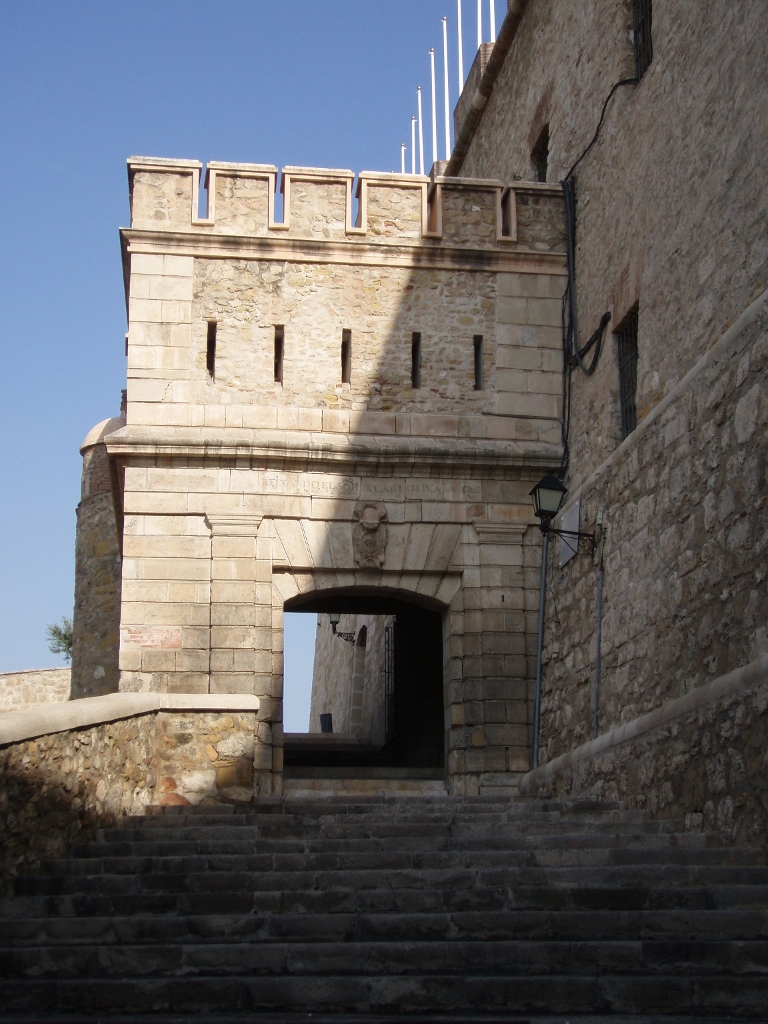 Melilla, a detail
Melilla, a detail
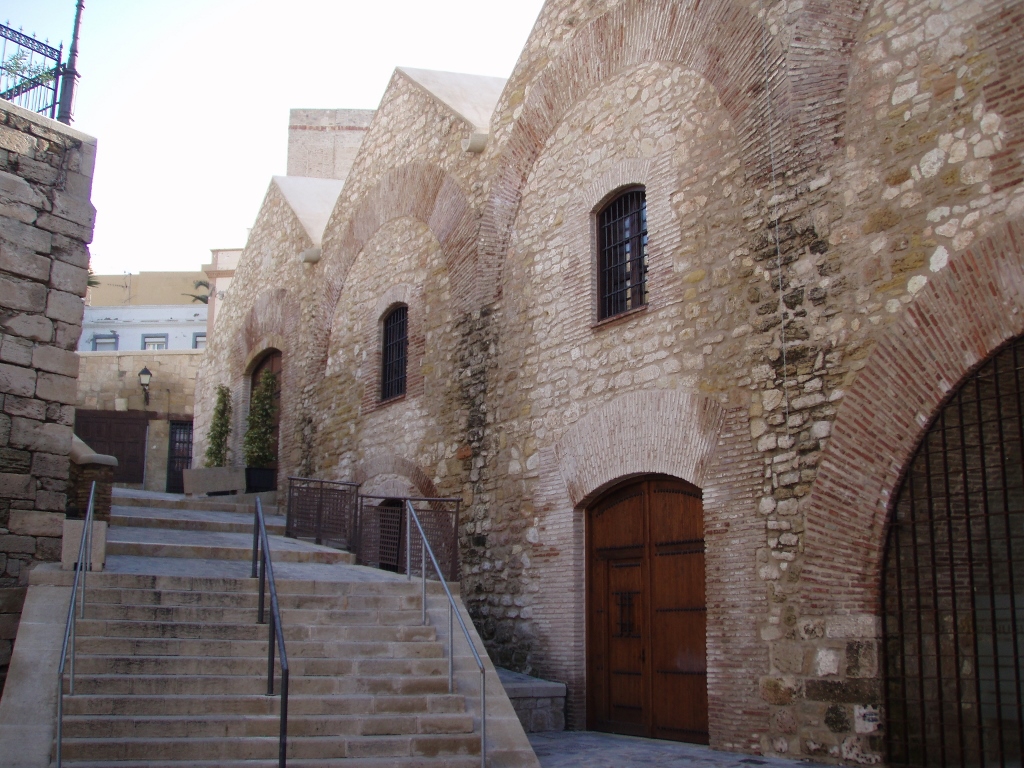 Melilla, a detail
Melilla, a detail
There were also various interesting and picturesque details, such as a fence from an old balcony that had survived, while the balcony floor had disappeared, and the exit to the terrace had been bricked up.
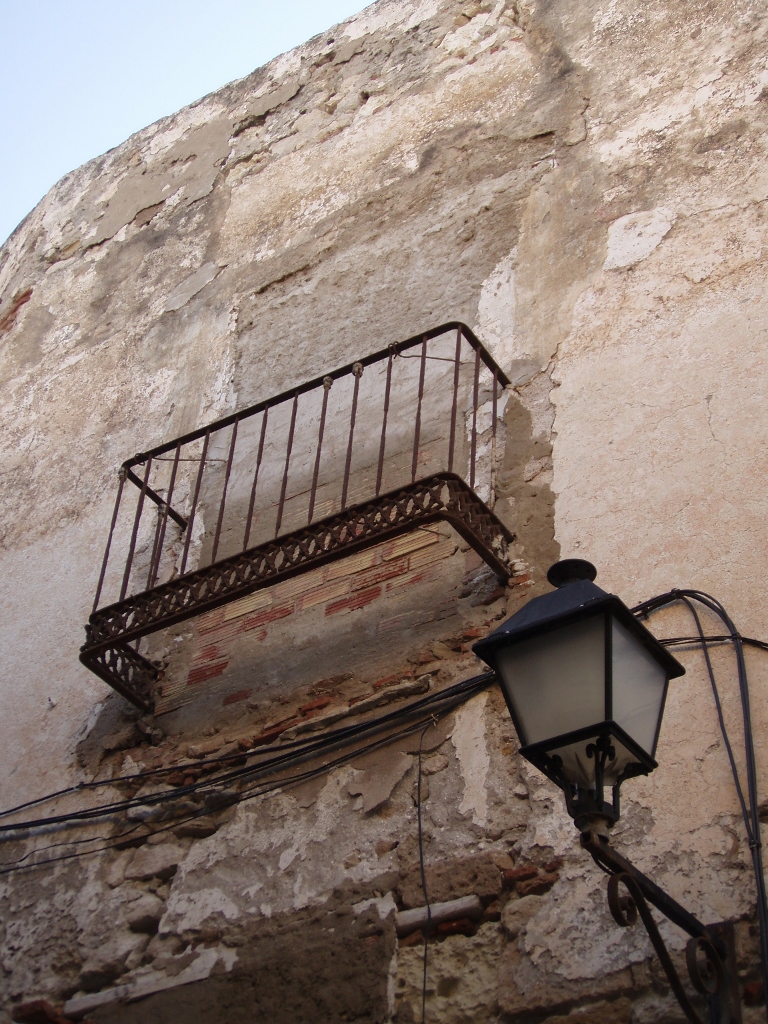 Melilla, a detail
Melilla, a detail
The old part of the city is built on a rocky peninsula and is surrounded by walls from the 16th and 17th centuries.
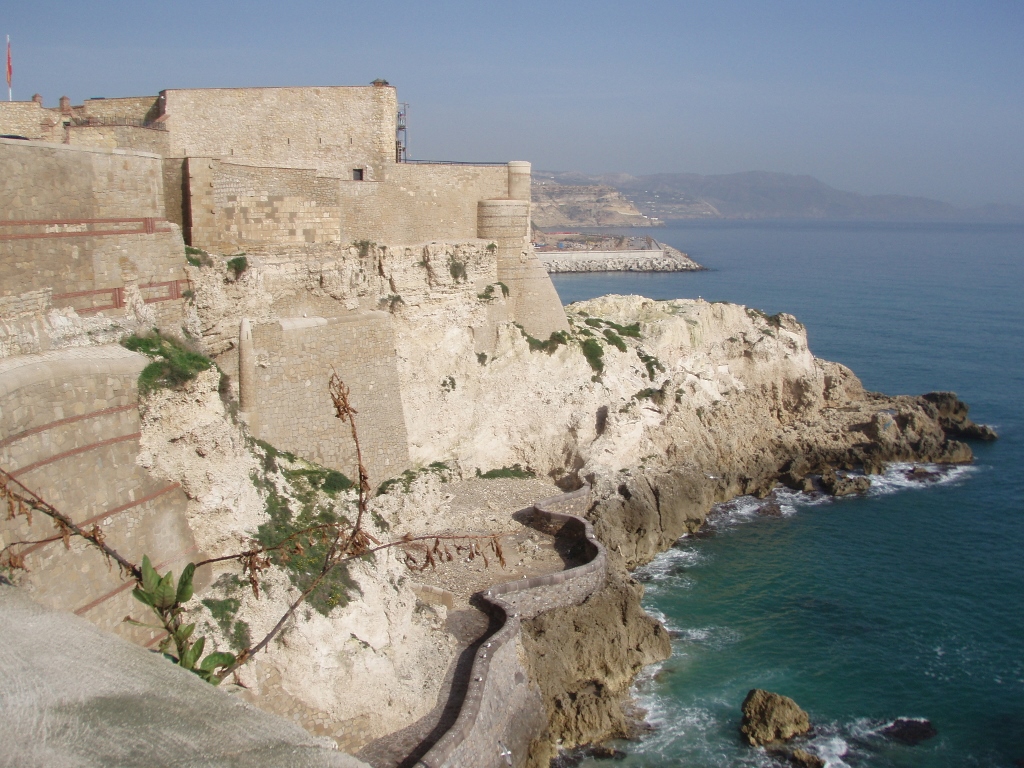 Melilla, a detail
Melilla, a detail
At the time, I didn’t have the same level of interest in birds as I do today, but I still managed to capture two seagulls in Melilla.
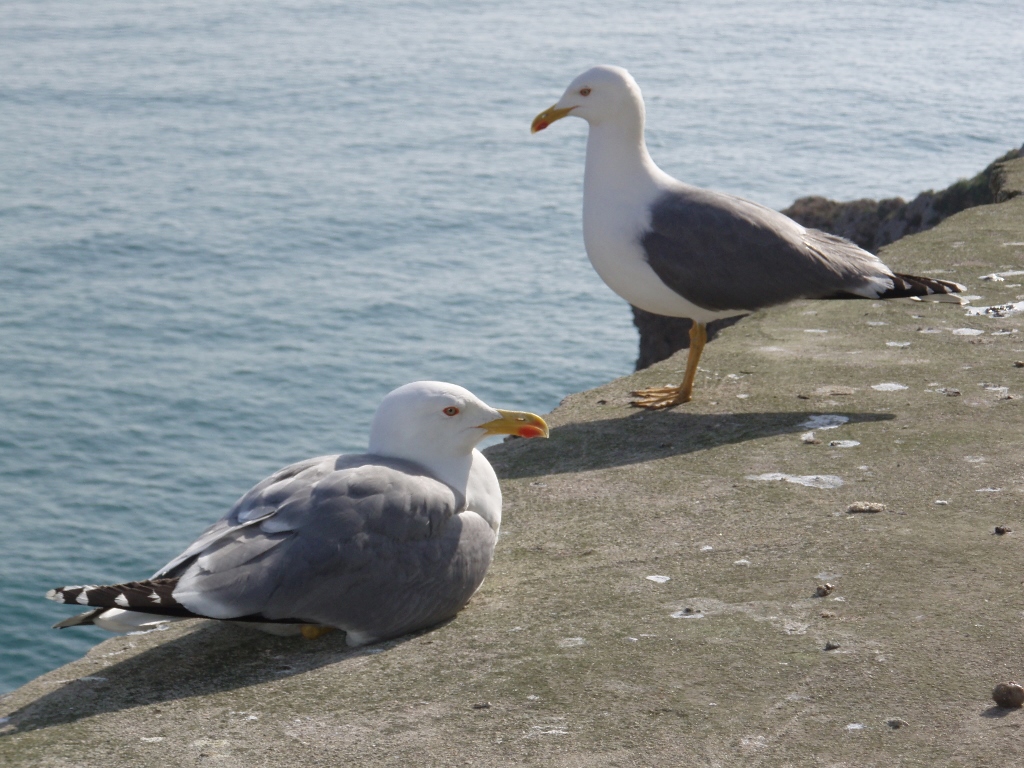 Melilla, a detail
Melilla, a detail
However, there were also truly beautiful parts of the Old Town and at one of the open area, I found inspiration to take another photo of myself.
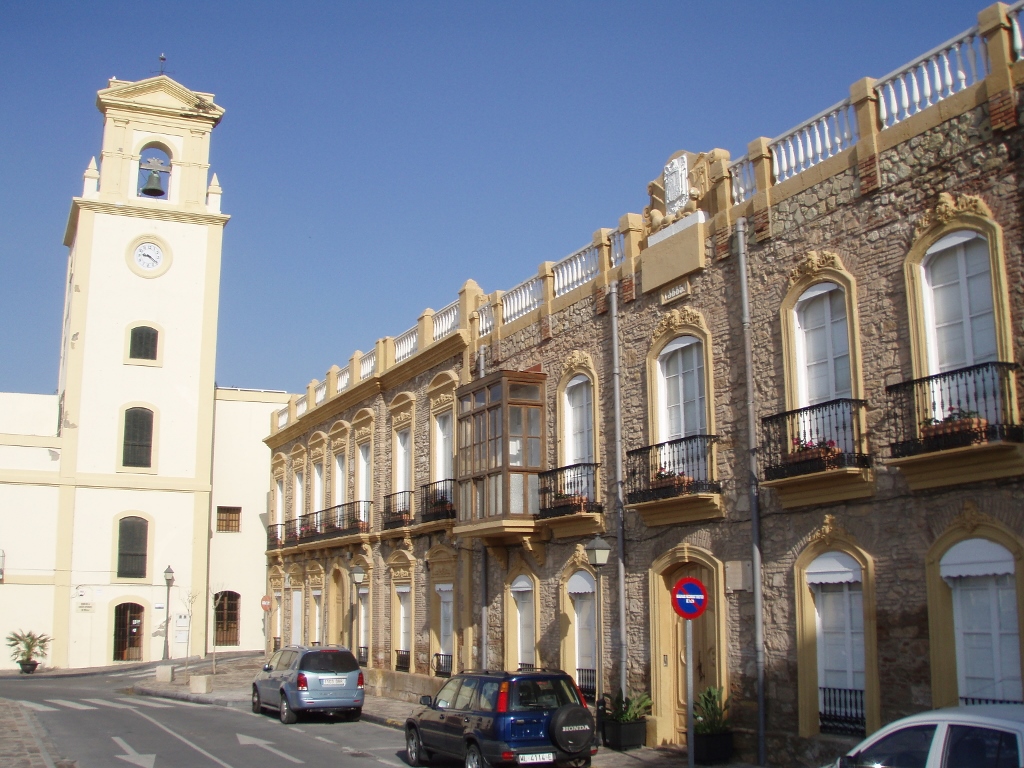 Melilla, a detail
Melilla, a detail
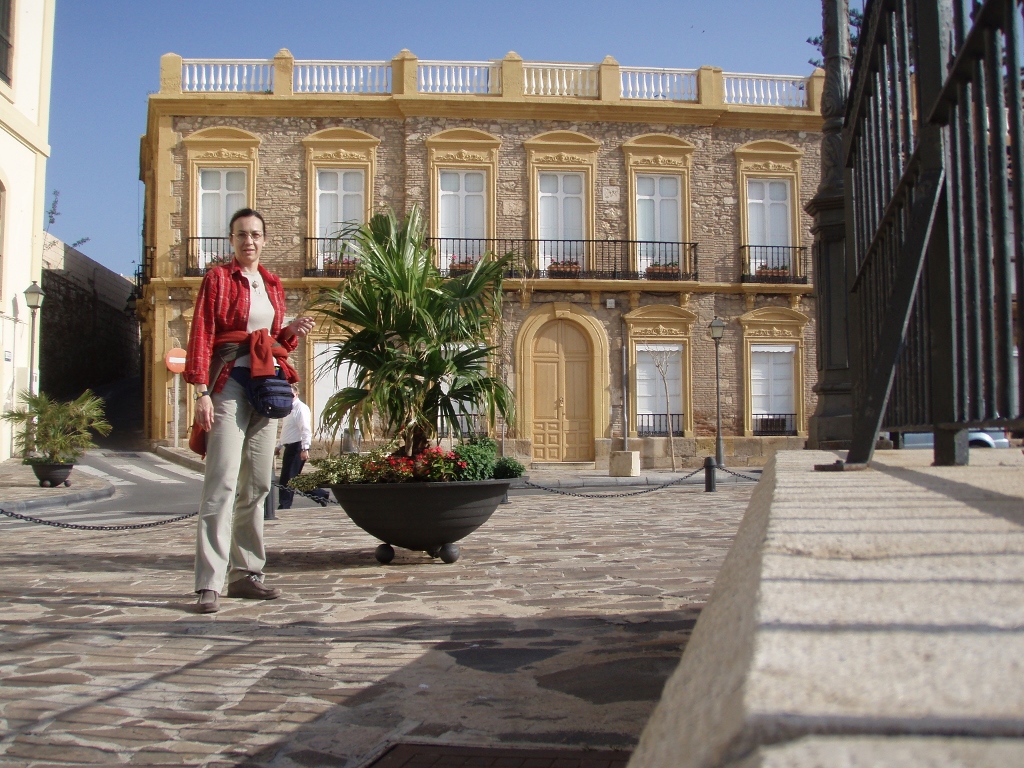 Me in Melilla, 2010
Me in Melilla, 2010
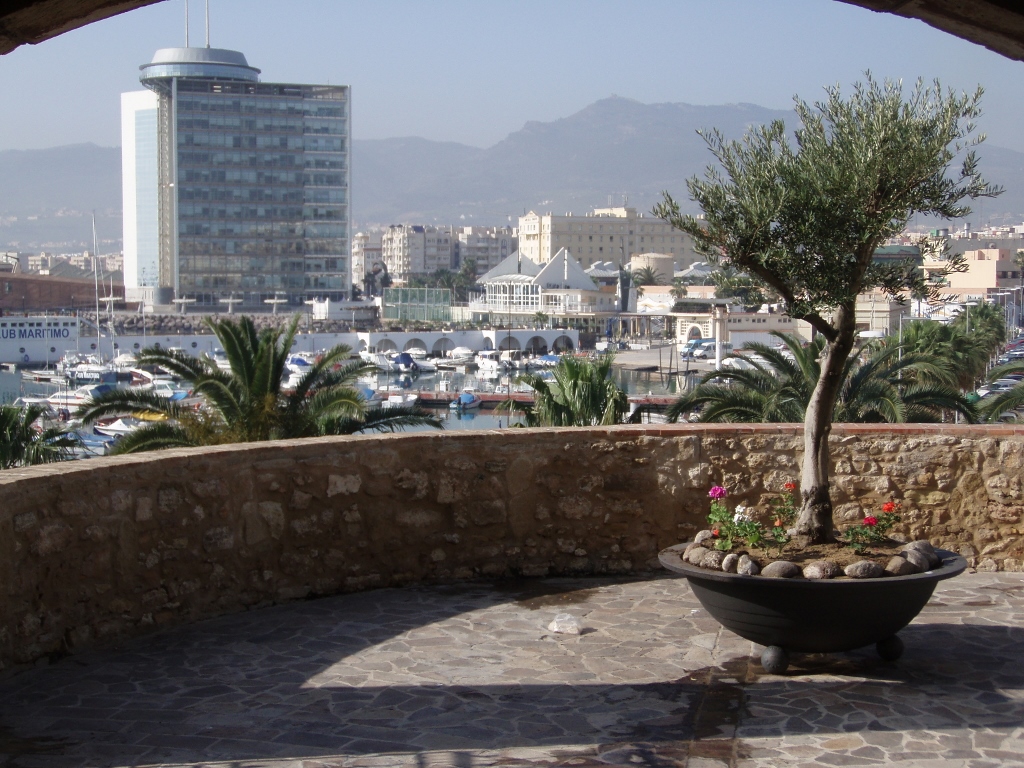 Melilla, a detail
Melilla, a detail
Then I returned to the Four Culture Plaza, where I sat in a café to refresh myself and enjoy sitting outdoors since I had very little time left in Spain. The only downside was that the café was in the shade, but it was still on a spacious square, so it was quite pleasant.
A little later, I returned to the area around the hotel, as I needed to get ready for the next leg of my journey.
 Melilla, a detail
Melilla, a detail
As agreed, at noon, Zenon-Luis and Manolo came to pick me up at the hotel and they drove me to the border. We said our goodbyes warmly and then, without much formality, I returned to Morocco, specifically to the town of Nador. There, I went to the coach station with the intention of travelling to Fes. I had already bought my ticket the day before, so I just had to wait for the coach.